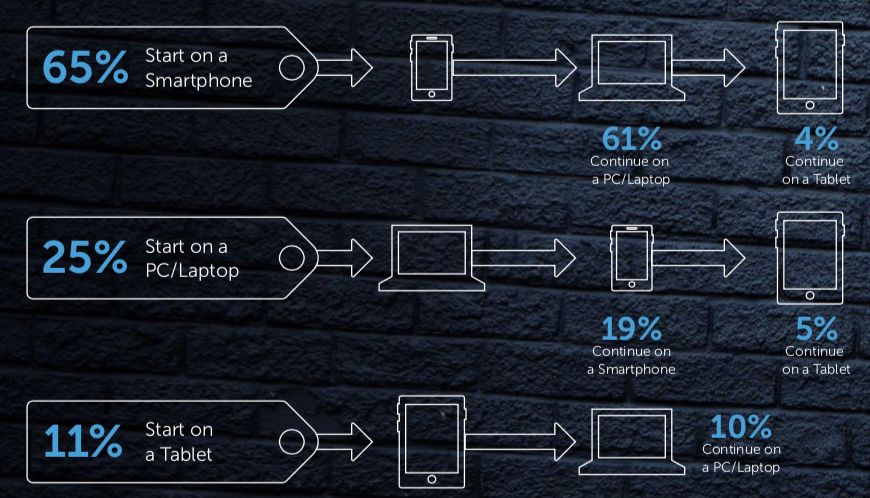DON’T make these mistakes in your email marketing strategy (Part 1)


We’ve often given you advice on how to improve outcomes from your email marketing strategy, how to make your campaigns more attractive and effective, as well as how to use a sophisticated, up-to-date email strategy. In this case, we’ll focus on eight mistakes that many businesses still make that can hinder their campaign outcomes and the benefits of knowing them. Today we’ll examine the first four:
1- Using vague and inconsistent subject headers
The subject header should be clear and consistent with the email content. Avoid using phrases that may be misleading or ambiguous. It may initially increase the email open rate, but when your subscribers open your email, they’ll be left feeling cheated or simply won’t be interested in the content because it’s not what they expected.
For this reason, as we’ve already mentioned before, we encourage you to say exactly what they will find when they open your email. As a result, the click rate will be higher and you’ll build trust among your subscribers.
If you’re not sure what might be the best subject for your campaign, think about your best ally: testing!
2- Making bad decisions when it comes to testing
As we’ve already said, testing can be a really good ally when it comes to making the right decisions. In this post, we told you about different elements that you can test in an email campaign. However, it’s really important that you don’t test different variables at the same time.
For example, if in TEST A you test subject 1 and copy 1 and in TEST B, you test subject 2 and copy 2, the results you obtain will be ambiguous and you won’t know which element was successful. So if, for example, the winner is TEST 1, you won’t know for certain if it was due to the subject or the copy. As a result, it’s always important to test the different elements (subject, copy, images, etc.) separately and that you send your email at the same time of day.
Besides that, it’s also essential that the sample of people tested is adequate in order to draw meaningful conclusions. We suggest a minimum of 1000 users.
3- Not optimising your emails for mobile devices
Big mistake! Not only is this good practice but it’s also become something that is essential. Email optimisation for mobile devices is a MUST.
Users use different devices when it comes to checking their emails, but smartphones outweigh them all. In fact, the following image by Marketo effectively demonstrates the rate of use of different devices when making a purchase and how other devices continue the process.

65% start with a mobile phone. This fact demonstrates the importance of optimisation once more and of achieving a good user experience. Remember that the elements must be easily clickable, the font size should be the one that is recommended for easy reading and the images should be correctly adapted.
4- Not having a reactivation strategy for lapsed users
Not only does every database contain data relating to inactive users who don’t open or interact with your email marketing campaigns, but they also contain data on those who also reduce your email open rates, click rates, deliverability and sender’s reputation.
This emphasises the importance of creating an effective strategy to reactivate these users. It may comprise of sending more than one email or if you don’t have any type of reactivation email, maybe the best option for you would be to just send one single email.
Coming back to the aspects as to why it is interesting to have a reactivation strategy, it is worth noting that it is possible to recapture the attention of those users who want to carry on learning about you, and it also gives you the opportunity to work out those who are really not interested. In this way, you can single them out in your email campaigns so that it doesn’t negatively affect your metrics.
So, there you have the first four mistakes you should avoid in an email marketing strategy. Next time we’ll look at the other four mistakes.